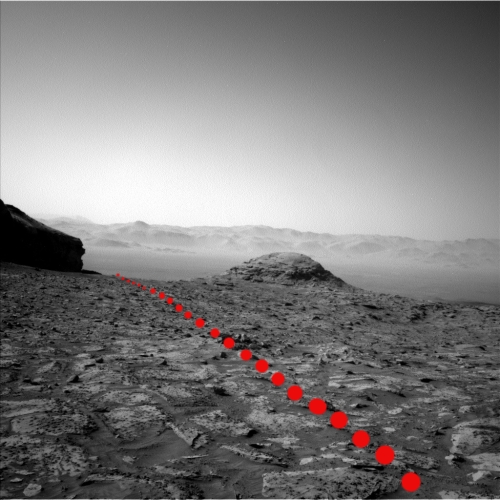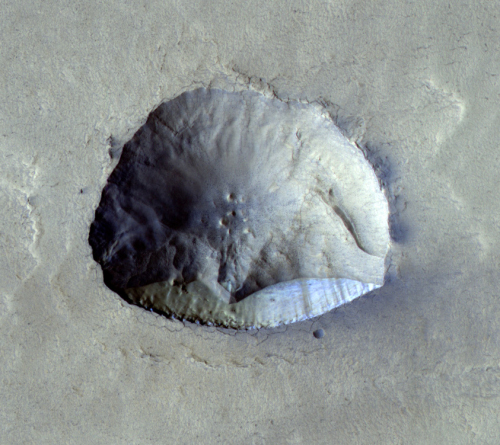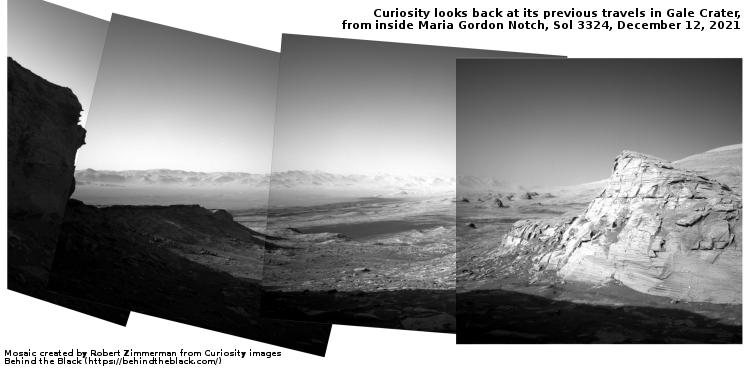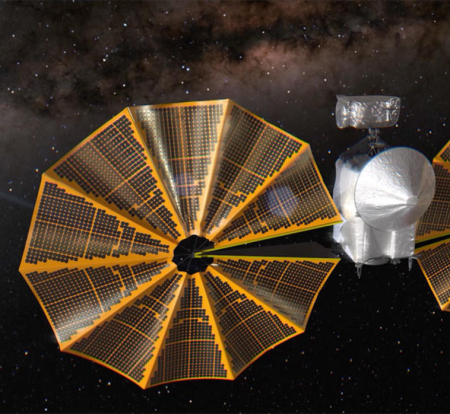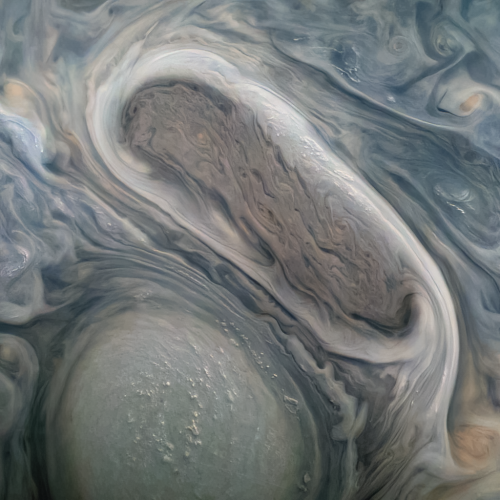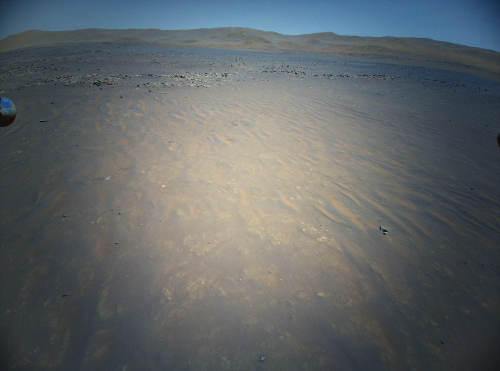Deployment of Webb’s critical sunshield has begun
The deployment of the complex sunshield for the James Webb Space Telescope has successfully begun, and if all continues as planned, will continue for the next five days.
Early this afternoon the Webb mission operations team concluded the deployment of the first of two structures that hold within them Webb’s most unpredictable and in many ways complicated component: the sunshield.
The structures – called the Forward and Aft Unitized Pallet Structures – contain the five carefully folded sunshield membranes, plus the cables, pulleys, and release mechanisms that make up Webb’s sunshield. The team completed the deployment of the forward pallet at approximately 1:21 p.m. EST, after beginning the entire process about four hours earlier. The team will now move on to the aft pallet deployment.
Over the next five days the aft pallet must be deployed, along with a tower assembly that will raise the telescope itself away from the sunshield to better keep Webb cold. After this the deployment of the many additional parts of the shield will take place, a process that is probably the most complex in-space spacecraft deployment ever.
It is good news that so far all is proceeding as planned, and gives hope that all will continue to do so.
The deployment of the complex sunshield for the James Webb Space Telescope has successfully begun, and if all continues as planned, will continue for the next five days.
Early this afternoon the Webb mission operations team concluded the deployment of the first of two structures that hold within them Webb’s most unpredictable and in many ways complicated component: the sunshield.
The structures – called the Forward and Aft Unitized Pallet Structures – contain the five carefully folded sunshield membranes, plus the cables, pulleys, and release mechanisms that make up Webb’s sunshield. The team completed the deployment of the forward pallet at approximately 1:21 p.m. EST, after beginning the entire process about four hours earlier. The team will now move on to the aft pallet deployment.
Over the next five days the aft pallet must be deployed, along with a tower assembly that will raise the telescope itself away from the sunshield to better keep Webb cold. After this the deployment of the many additional parts of the shield will take place, a process that is probably the most complex in-space spacecraft deployment ever.
It is good news that so far all is proceeding as planned, and gives hope that all will continue to do so.



